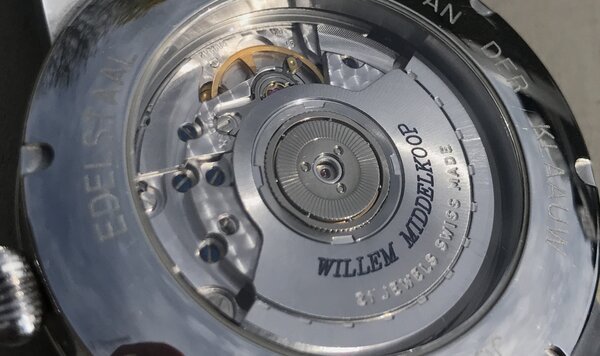Apr. 30, 2017
Smartwatches vs Mechanical watches
Why I still wear mechanical and why smartwatches have potential
Technology has come a long way since the first computer. Smartwatches today are very much an achievement of miniaturisation of technology. I recently used an Apple Watch Series 2 to find out if technology has come far enough to replace my mechanical watch, today I share you my findings.
Smartwatch history
In 2012 Pebble launched its equally named smartwatch on Kickstarter. It promised to follow the smartphone in delivering apps that do useful things; but this time right on the wrist. Its key selling points where silent notifications, access to email, internet and infinite customisation through different watch faces.
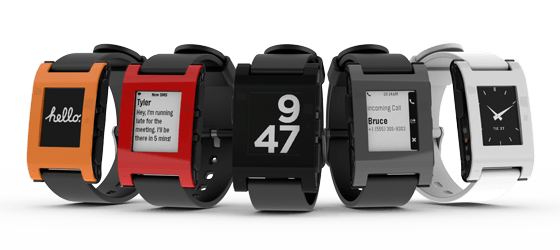
Although the Pebble was not the first digital watch (Pulsar/Seiko) and internet connected watch (Timex Datalink, Fossil WristPDA, Microsoft Spot) it was the first modern smartwatch because it connected to the smartphone to enable two way internet connectivity. It became the most successful Kickstarter campaign ever. I was one of the original 2012 Pebble backers on Kickstarter.
The buzz around Pebble most certainly stimulated smartphone giants Apple and Google to respond. In 2014 Google launched Android Wear with the LG G Watch. Android Wear added more in- and output options to the smartwatch experience as originally defined by the Pebble, at the expense of battery life.
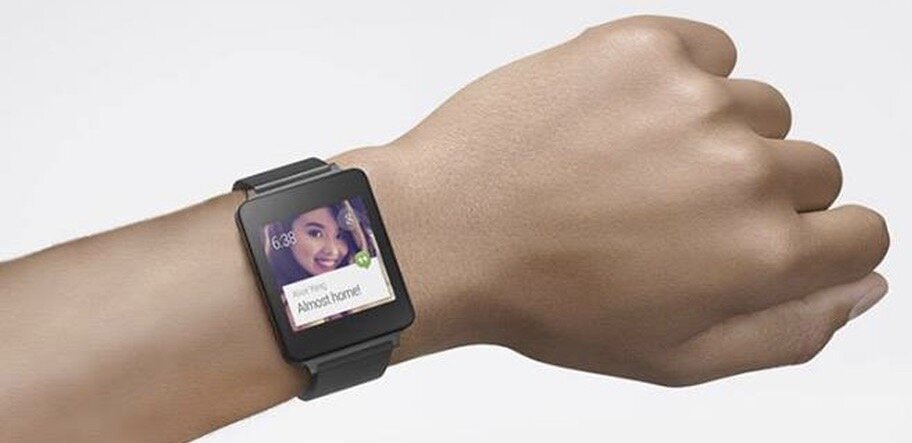
Apple introduced the Apple Watch in 2014, but it would take up to 2015 for the product to become available for customers. The Apple Watch introduced an integrated heart rate sensor, the ability to easily change watch bands, and the ability to use Apple Pay to pay for things in stores.

Today Pebble no longer exists and it seems that, like smartphones, Apple and Google dominate the smartwatch market. As I mainly use an iPhone, the Apple Watch seemed the most logical choice for my test
Apple Watch (Series 2)
The current model of the Apple Watch is Series 2. It is very much an improved version of the original Apple Watch introduced in 2014, with advances in battery life, included GPS, improved processing speed and water resistance. It is argued by many reviewers to be the best smartwatch experience currently available (at least if you have an Apple iPhone..).
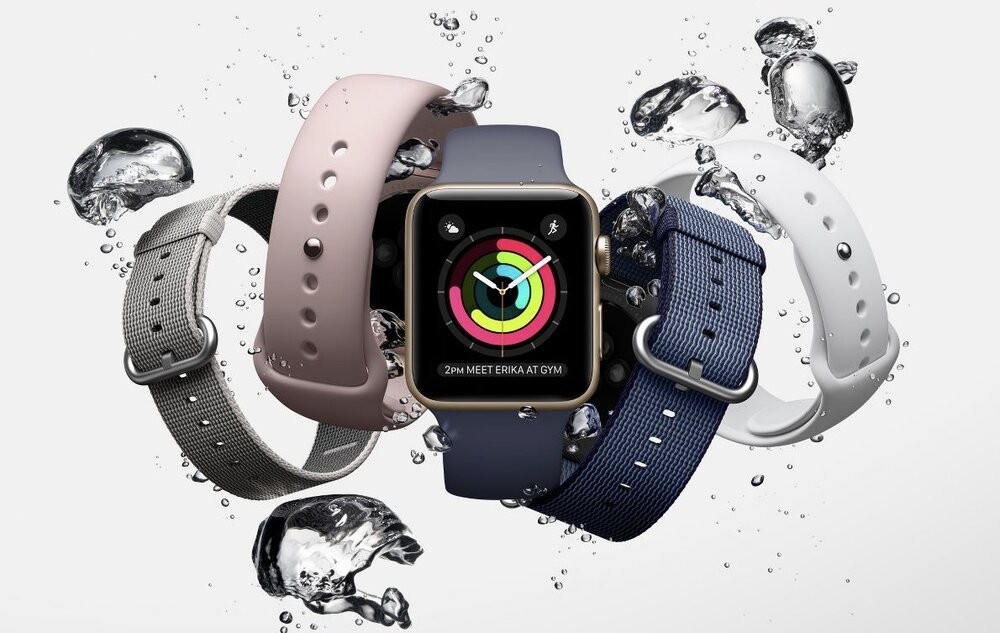
I tested the Apple Watch Series 2 (in steel with sapphire display) for three months, wearing it all the time except when it needed charging. During a normal week I go to work, cycle for sport, go out for diner and drinks, visit customers and relax at home on the couch. I tested the smartwatch in all these settings. I also wear the watch at night (to use sleep tracking and its silent alarm clock) and under the shower (to clean it after sweating while sporting).
Design and build quality
Wether you like the Apple Watch design or not is obviously something personal, but judging on my experience with Swiss mechanical watches, I can attest that the Apple Watch is well built. The attention to detail, feel and weight is in my opinion a testament of the true understanding the designers of the Apple Watch have of watch design.
It's size and appearance make it possible for the technology to "disappear". The hardware gets out of the way for the software; with the black display blending it's edges making you feel software and hardware acting as one.

The Watch bands really add the personality to the watch; they are very easy to change (without tools). There are many different watch bands available. Charging the watch requires you to take it off and connect it to a special magnetic charging cable. That's easy and charging is fast (about one % per minute). On a daily basis the design and quality of the watch is really sufficient to challenge the majority of watches out there.
Smartwatch advantages
Distraction filtering
I really love the ability to use the smartphone to filter incoming calls, mails and messages and only forward those things to my wrist that I deem important. It takes some time to configure it right, but once you have this working it gives you the ability to have some more distance from your phone (while staying available for those you deem important, like close family).
While wearing my smartwatch I used my smartphone less frequently. Often I could quickly respond to messages right from my wrist using pre-defined texts or by dictating answers. At home I often put my phone in the charging dock and leave it there for the evening or night.
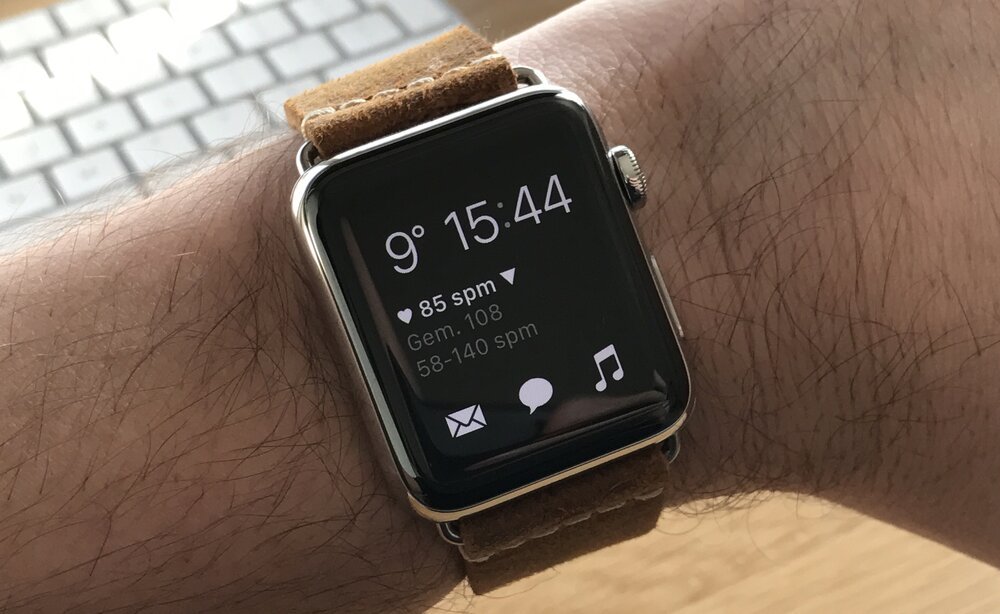
Compared to the smartphone I found the smartwatch to be less distracting, mainly because its limited feature set and smaller screen. I liked that whenever I was doing something else, like reading, watching TV or going to bed.
Data mining your daily moves
Interesting are the options the smartwatch provides to quantify your every move. Think about the amount of steps, stairs, kilometres, sleeping hours, standing hours, calories and heart rate. If you take the time and use the right apps to analyse the data, it can provide interesting insights in yourself.
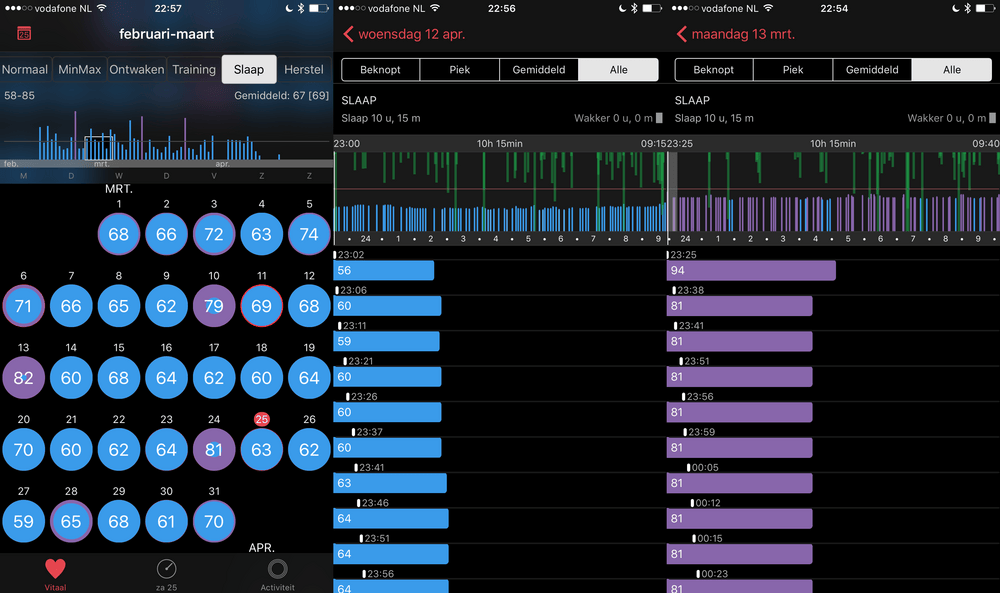
For instance, I found out that when I used alcohol, my average heart rate at night was higher, for as much as 30%. In addition, I could see it could take several days after a long party night before my physical metrics where back to normal. And like alcohol, I could clearly see work stress contributing to higher heart rates and restless nights.
Given a longer period of time, data collected by a smartwatch can really provide useful, surprising insights.
Sport companion when road cycling
I also used the smartwatch when sporting (road cycling). The watch can work in combination with the smartphone (and Bluetooth sensors) to collect data on speed, cadence, heart rate and distance information. You can combine and compare this data to previous trainings, providing a clear view on progress and fitness.
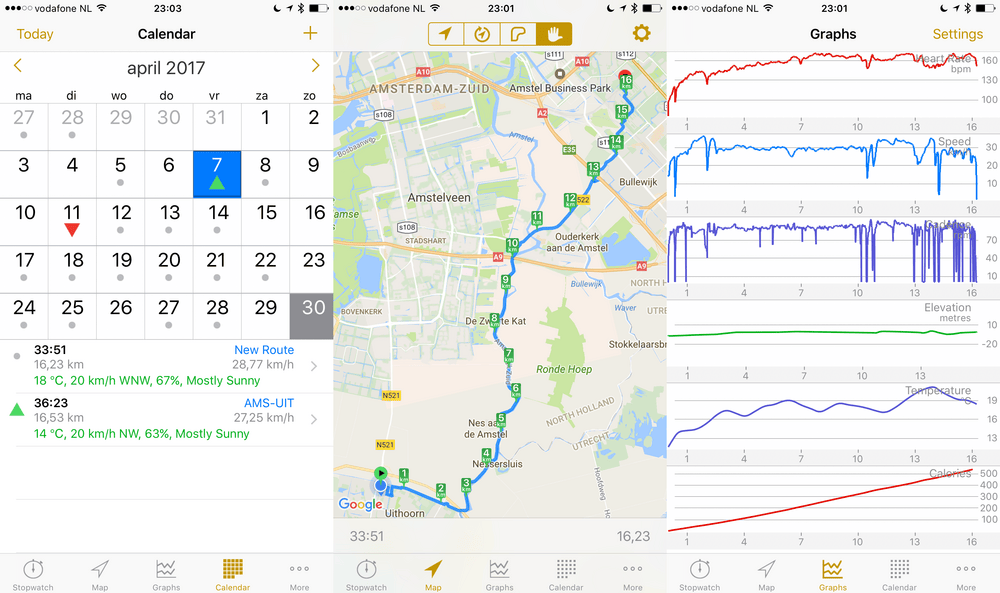
Before the smartwatch, I used a dedicated Garmin bike computer with a wrist worn heart rate sensor. The main advantage over a dedicated sport system is that the smartwatch continued to collect data after a workout. It showed that it could take up to several hours before my body returned to it's normal metrics.
The smartwatch shortcomings
Another device in need of charging
The Apple Watch lasts about 1.5 days on a battery charge. That means that you need to charge it on a daily basis. Some people charge the Apple Watch at night, but I used it to analyse my sleep so I could not charge it at night. I usually charged the watch when I was showering or having breakfast or diner. But it always required some planning on when to charge the watch, annoyingly. Maybe a second smartwatch would make sense so that you can switch between them and limit "watch downtime"...
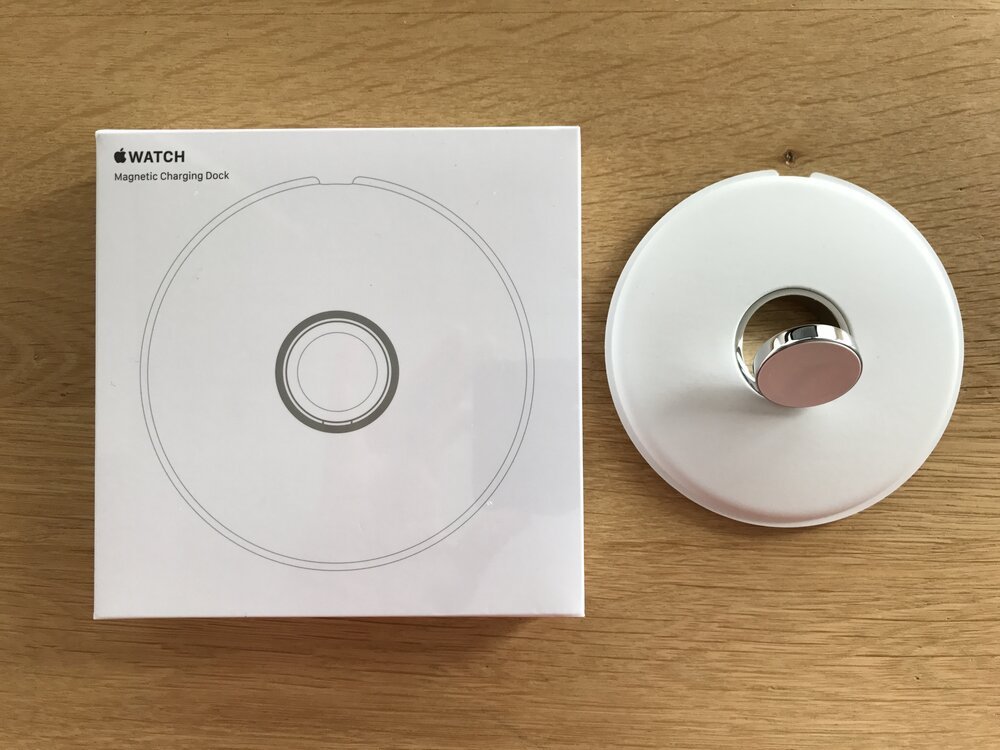
Display dorkyness
In our western culture, checking your wrist in an obvious way, is a social signal saying something like "I need to go". You really need to be aware of this when you wear a smartwatch; incoming notifications drawing your attention to your wrist can be interpreted as rude.
The Apple Watch display only goes on when you tilt your wrist or touch a button. This makes it much more difficult to check the time in a stealthy fashion. It must be noted that there are other smartwatches available that feature displays that are always on.
Smartwatch software
During my three month test period I had to update my watch a few times, resolve some email synchronisation problems, rebooting it and managing the installation and updates of watch apps. The software is not perfect and it requires your attention every now and then.
Another disadvantage of the smartwatch software is that it's feature set is lagging behind that of its smartphone counterparts, regulary requiring you to use the smartphone to get things done. I can't help but wonder how much more worthwhile the smartwatch would be if it could do everything the smartphone can.
Mechanical competition
Alternative to the smartwatch is the mechanical watch. It has been around for a long time and it comes in different forms and finishes. While it is beyond the scope of this blog post to cover the full history of the mechanical watch, it's good to focus on a few advantages of the mechanical watch over the smartwatch.
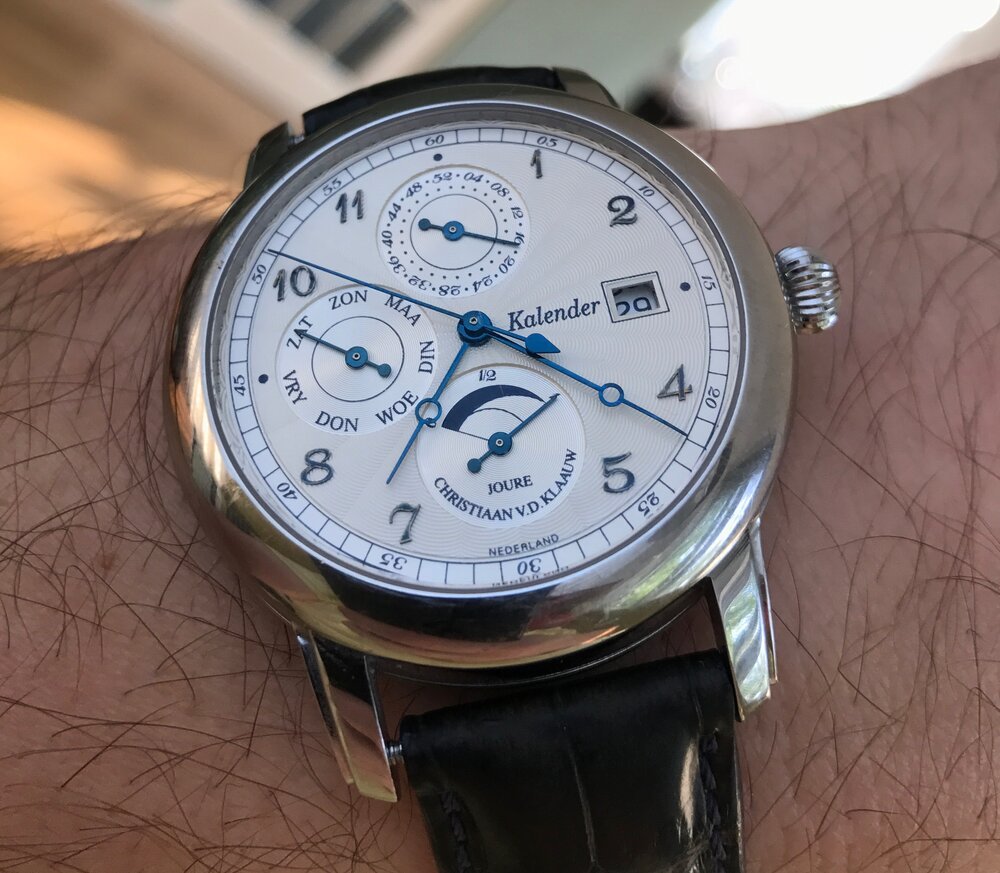
No need for batteries
An automatic mechanical watch collects energy using a mechanical weight (the rotor) that moves inside the watch whenever you move your wrist. The rotor is connected via gears and axels to an hairspring that stores the energy. Through the regulator this stored energy is released into the watch movement so that the watch maintains track of time. The beauty of this mechanical engineering is that you do not need a battery or electric charging.
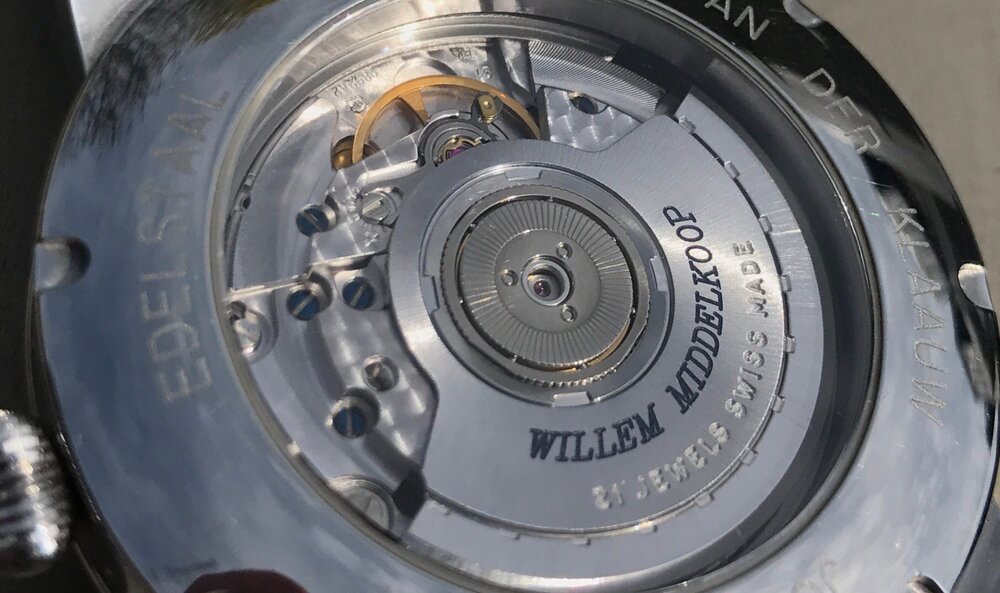
Ecstatic engineering and design
Mechanical watches are sometimes engineered to withstand extreme physical conditions (like ocean depths, outer space, magnetic fields), or they are designed as a piece of art with incredible attention to detail and finishing. This wide spectrum of options makes it much more a personal choice what watch one wears. The watch you choose to wear says something about you and is a message in itself.
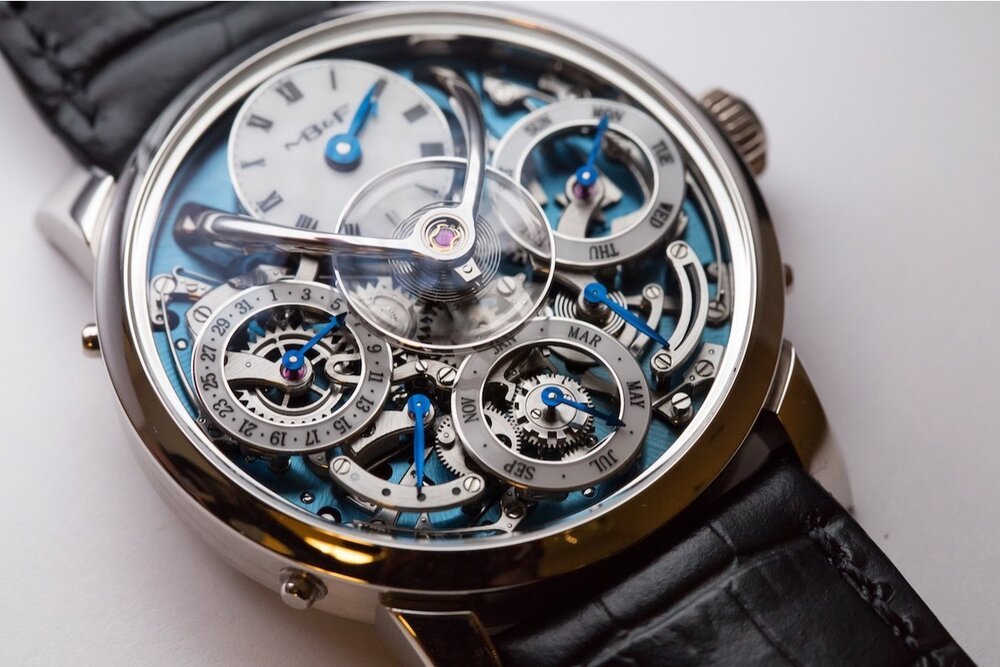
Conclusion
After testing the smartwatch I found the mechanical watches to be better watches (no need for charging), and the smartphone to be a better mobile computer (more features).
The only true advantage the smartwatch provides is data mining (activity, heart rate, sleep analyses etc). Unfortunately this advantage is limited by battery life and the frequent need to take the watch off to charge it (thus interupting the data collection).
I expect the future to bring devices focussed on health data collection, wearable sensors designed to be worn for longer periods of time uninterruptedly. These devices will be small, unobtrusive and possibly integrated in classic jewellery (like mechanical watches, bands, bracelets and rings).
This health data will be hugely valuable, for individuals but also for research and commercial uses. I expect it to be the future, but for now I happily hold on to my mechanical watch.
Update: Is the Apple Watch the modern tool watch?
In November 2018 I tested the Apple Watch usefullness during my work, wondering if the Apple Watch is the modern tool watch?
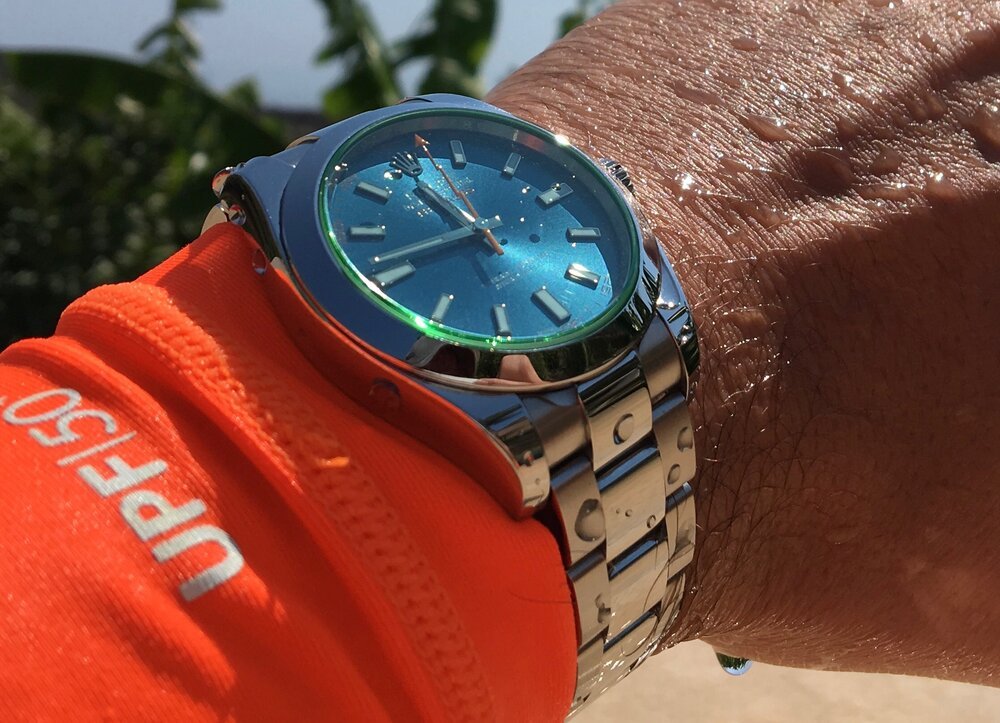
Recommended reading
- A letter from the editor of Monochrome Watches on smartwatches
- The article about the MB&F watch
- Why tech bloggers from The Verge think mechanical watches are still the smartest watches
- Why the mechanica watch lover from watch blog Hodinkee cannot take his Apple Watch off his wrist
- Something the smartwatch will never have: Patina
- Swimming and cycling with Apple Watch
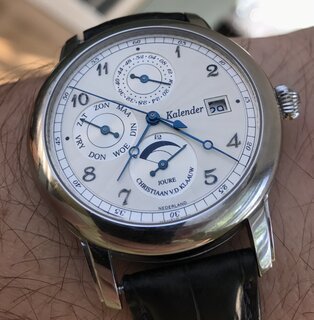
Download
If you enjoy reading offline, this article is available for download:
Translations
This article is available in the following languages:
RSS / Atom
Grab one of the feeds to stay up to date, the feeds contain the full posts:
